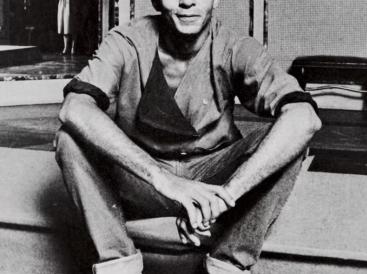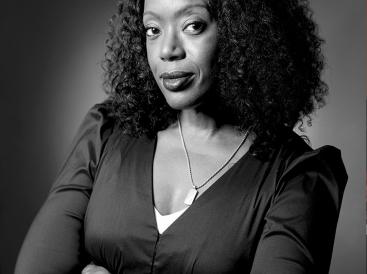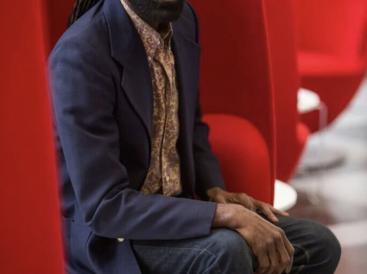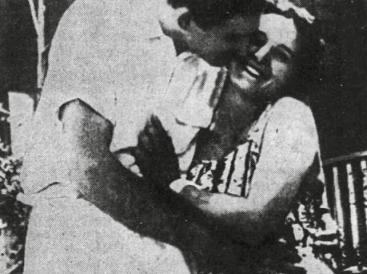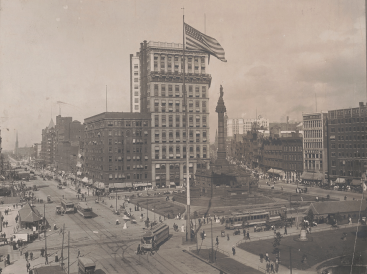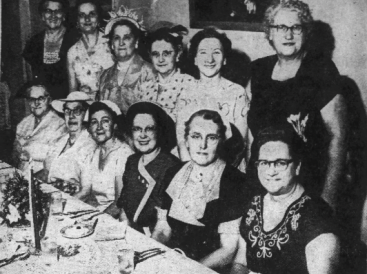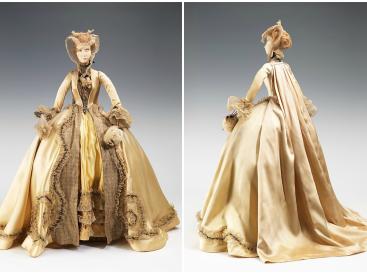January 22, 2024
The Dressmaker Chase: Misses Lowry
Here at Fashion Conservatory we harbor a strong desire to highlight those dressmaking women of the past who labored in obscurity. Few of these women will ever have their names known, much less put up in lights, but all have nevertheless contributed in their own way to the wider world of fashion. What better way to pay tribute to them than to tell their stories?
October 26, 2022
The Haute Couture Dolls of The French Recognition Train
An obscure collection of haute couture dolls handmade as a gift from France to the United States soon after the end of World War II has been kept hidden away for decades in a New York City museum.



